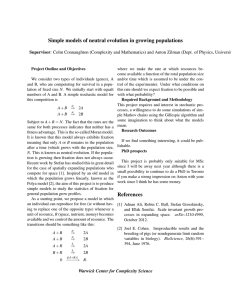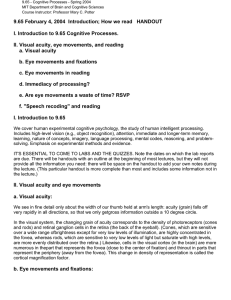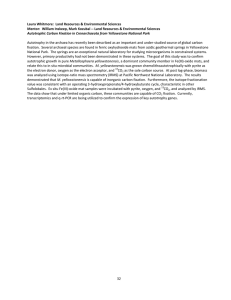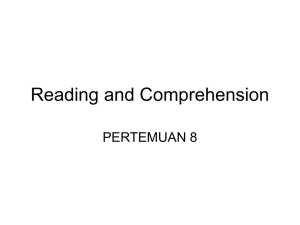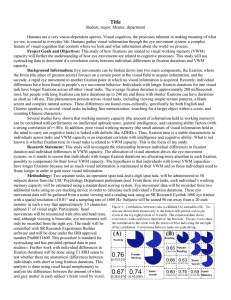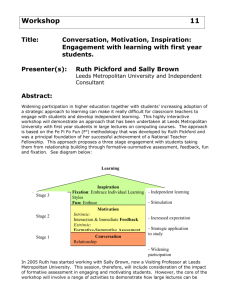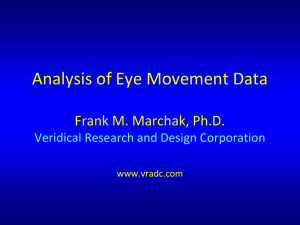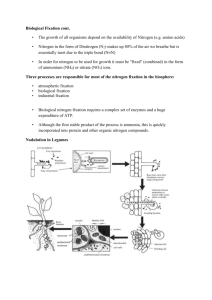The Psychology of Reading
advertisement
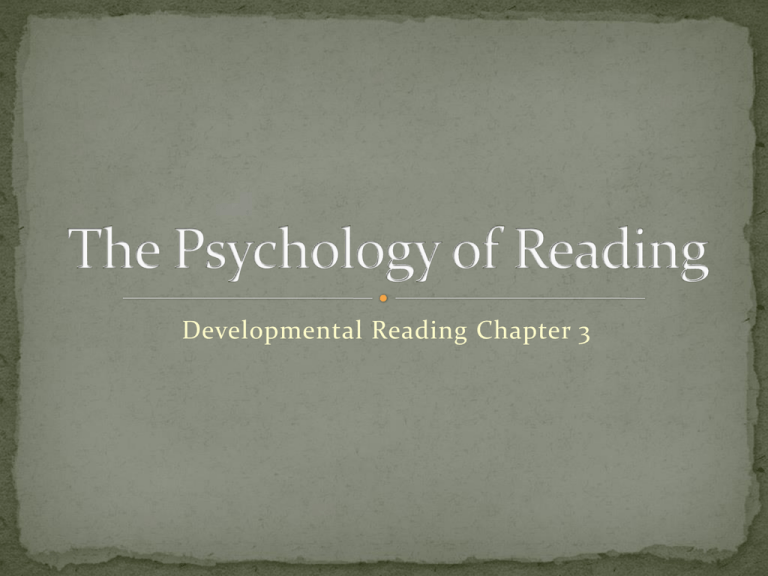
Developmental Reading Chapter 3 “A glimpse at the behavior of how you read. . .” Psychology is the science of human mind that directs to human behavior, thinking, and intellectual processes. Reading makes constant use of the eyes. Studies on eye movements show that the eyes should move rhythmically and regularly along the printed line if reading is to be effective. However, the eyes percieve printed words during a series pf pauses or fixations. When the eyes stop at any given point along a line print, only five letters immediately around the fixation point are seen with 100 percent acuity. Vision is also reduced while the eyes are in motion; hence recognition is quite difficult when the eyes are moving. Reading involves these eye movements: fixation, interfixation, return sweeps, and regression. Fixation is the vertical mark when the eyes stop and the film continues to move. Good readers have fewer fixations than poor readers. Interfixation is the short horizontal line caused by the eyes which move from one stopping point to another. Are long slanting lines resulting fthe quick swinging back of the eyes from one end of the line to the beginning of the next line. Regressions are backward or right-to- left movements made in a reverse direction. Span of recognition or perception span is the number of words taken every time the eyes stop. Duration of fixation is the length of time the eyes pause.
